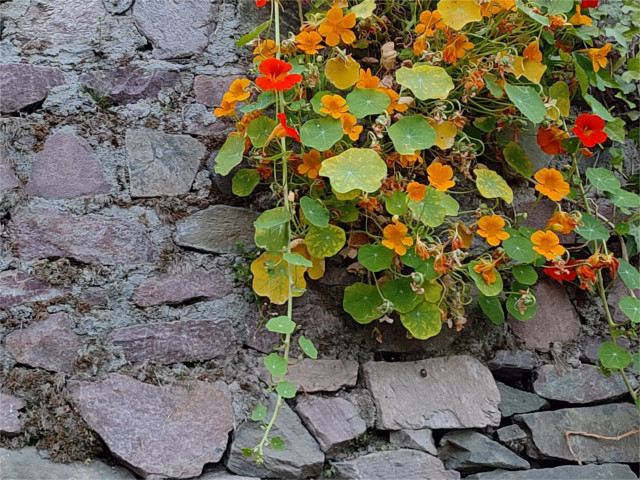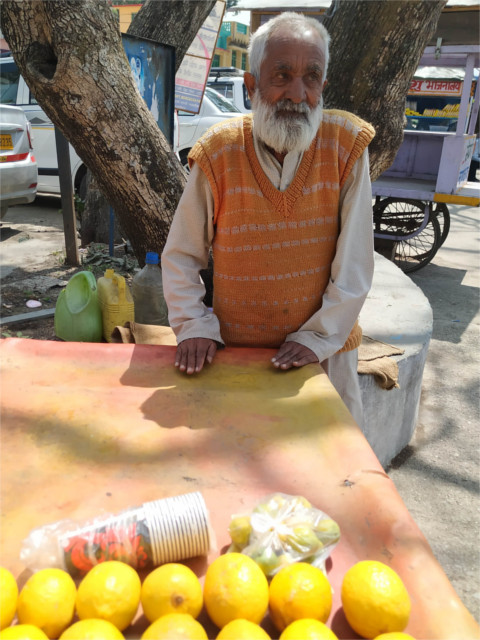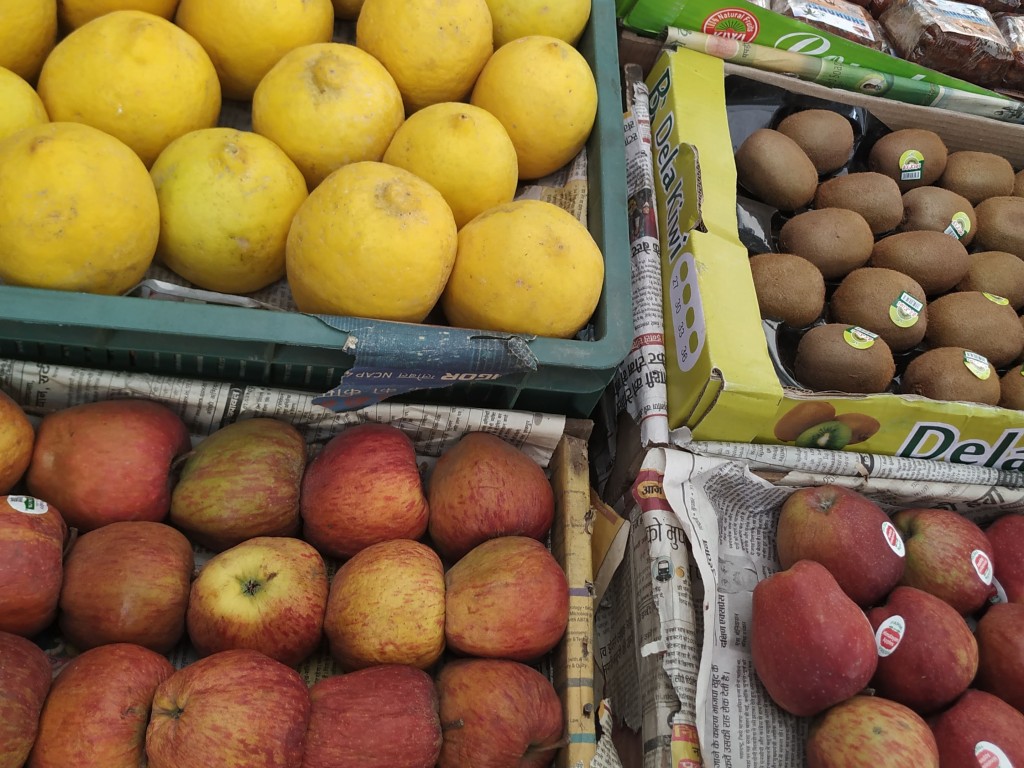Glacial scouring and rainfall and stream accumulation formed the lakes of Kumaon at the foot of the Shivaliks. This area is just up-slope of where rice was first domesticated in India immediately after the retreat of the glaciers. The study of sediments in the lakes show the growth of agriculture around them only in the last thousand years or so, although the first settlements left their mark on sediments long ago. Since colonial times, population growth and slow urbanization has begun to degrade the waters. With concern growing, I hope the degradation ceases, and the beauty of the area remains more than just an appearance. We keep going back to the lakes every now and then; after all, they are a pleasant stop on the way to higher altitudes.



This year we spent a couple of days just before Diwali in this area. The anticipated hordes of post-Diwali tourists had not arrived, and we had the lakes to ourselves. The large Ram Tal (in the featured photo), the small and deserted Garuda Tal, the extremely tourist oriented Bhim Tal, and our favourite Naukuchia Tal were wonderful places to walk around. The silence was broken only by bird calls.



With new buildings sprouting in the area every time we visit, it is hard to say what the local style of architecture is. They are mostly quick concrete constructions, but they follow the forms of either the traditional Pahari style, or the nondescript boxy architecture of small towns. If I had to identify what sets this place apart architecturally, I would point to the kind of architecture that is meant to give access to the waters of the lakes. That could be either the traditional steps of ghats, or boat houses with doors that open into the lakes. Sometimes you find both, because the level of water can fluctuate dramatically from year to year, depending on the monsoon.


We walked, but it is clear that boating is the main leisure activity here. I’m always charmed by sails gliding over the lake. From Mall Road in Naini Tal I took the photos above. The foot-operated pedal boat in the second photo looked wonderful against the sparkle of the sun on the waters.



























